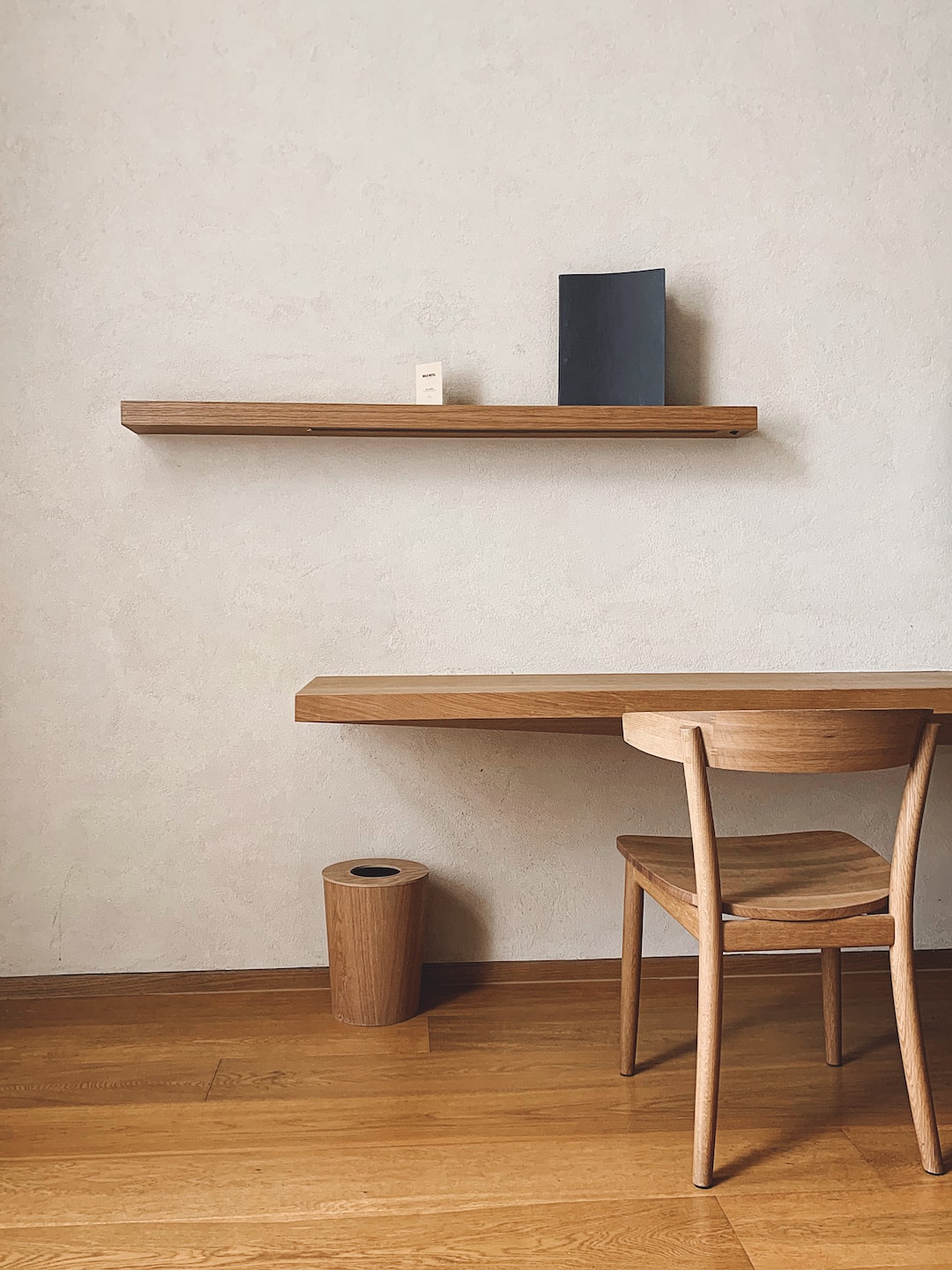Tips for Choosing Kid-Friendly Furniture That Combines Safety and Style
When it comes to decorating a home with kids, finding the right furniture that both meets their needs and blends seamlessly with your style can be a challenge. It requires a careful consideration of safety and functionality, without compromising on aesthetics. To make this process easier for you, we have put together some tips for choosing kid-friendly furniture that combines safety and style.
1. Opt for Rounded Edges:
As children are prone to bumping into furniture, it is important to choose pieces that have rounded edges. This significantly reduces the risk of injuries caused by sharp corners. Look for tables, chairs, and other furniture items with curved edges to ensure your child’s safety.
2. Consider Non-Toxic Materials:
Children have a tendency to put things in their mouths, so it’s crucial to choose furniture made from non-toxic materials. Look for items that are free from harmful chemicals such as lead or formaldehyde. Opt for organic or natural materials like solid wood or cotton, which are not only safer but also more sustainable.
3. Go for Easy-to-Clean Fabrics:
Kids are notorious for their messy activities, and spills are inevitable. Therefore, it is wise to choose furniture with fabrics that are easy to clean. Look for stain-resistant materials that can be wiped clean with a damp cloth. Avoid light-colored fabrics that may show stains easily and opt for darker shades or patterns that can better camouflage any unexpected spots.
4. Invest in Durability:
Children can be rough on furniture, so it’s important to invest in pieces that can withstand their energy. Look for sturdy furniture with strong joinery and reinforced corners. Avoid delicate materials such as glass or easily dented surfaces, as they are more likely to break or get damaged. Furniture made from solid wood or metal is generally a safer choice in terms of durability.
5. Consider Multi-Functional Pieces:
To make the most out of your space and accommodate your child’s needs, consider furniture that serves multiple functions. For example, a bookshelf can also double as a display cabinet for toys, or a storage ottoman can provide additional seating and keep clutter at bay. By choosing multi-functional pieces, you not only save space but also create an environment that caters to both your child’s activities and your design preferences.
6. Pay Attention to Storage Options:
Kids come with a lot of stuff, so it’s important to have ample storage options for organizing their toys, books, and clothes. Look for furniture pieces that offer built-in storage, such as beds with hidden drawers or nightstands with extra compartments, to keep their belongings neatly organized. This not only reduces clutter but also promotes a sense of responsibility as children learn to put their items away after use.
7. Add Some Colorful Accents:
While safety and functionality are essential, you don’t have to compromise on style. Add some colorful accents to your kid’s furniture to make it more playful and visually appealing. Consider using removable, washable slipcovers or cushions that can easily be changed as your child’s interests evolve. Incorporating bright colors or fun patterns can make the furniture more engaging for your child and enhance the overall look of the room.
In conclusion, choosing kid-friendly furniture that combines safety and style requires careful consideration of their needs and your design preferences. By opting for rounded edges, non-toxic materials, easy-to-clean fabrics, and durable pieces, you can create a safe and functional space for your child. Additionally, selecting multi-functional furniture with ample storage options and adding colorful accents can enhance both the functionality and aesthetics of the room. With these tips in mind, you can create a beautiful, child-friendly home that accommodates your child’s needs while maintaining your personal style.

